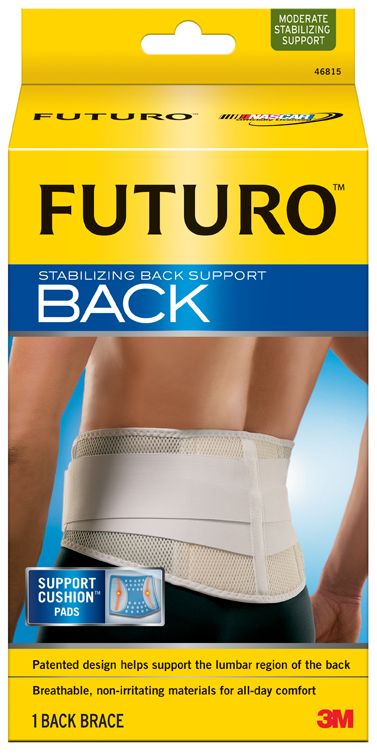The Most Common Basketball Injuries and How To Treat Them
With the triumph of the Gilas Pilipinas national basketball team in the recently held 27th FIBA Asia Tournament, Filipinos are more than ever tuned into basketball.
The prowess and heroism of the Gilas players – from the smallest player Jimmy Alapag, 5’9 to the team’s tallest, Marcus Douthit, 6’11 – will continue to inspire basketball enthusiasts to play the nation’s No. 1 sport.
But what basketball enthusiasts must always remember about a game of hoops is that it is a highly contact sport. Injury lurks with every move, be it intense or seemingly relaxed. It is best to know the most common basketball injuries and how they can be treated. Better yet, prevented.

According to sports doctors, there are six common basketball injuries: Ankle sprains, jammed fingers, knee injuries, deep thigh bruising, facial cuts and stress fractures.
Ankle sprains are the most common and can happen to anyone, whether playing a sport or not. Treatment involves rest, ice, compression and elevation (RICE).
Jammed fingers are the result when the ball hits the end of the finger and aggravates the joint. Ice and taping of the finger to the nearest finger may provide some relief and enable the athlete to return to play.
Knee injuries are what players dread because they put the ligaments and the meniscus of the knee at risk. The extensive stop and go and sudden changes in direction tax the knees. Medial collateral ligament (MCL) affects the outside of the knee. Ice and bracing are instant treatments, but rest and a gradual return to activity are recommended.
ACLs (Arterior Cruciate Ligament) injuries are more serious and the most feared by athletes. Abrupt landings or extreme lateral movements affects the ligaments in front of the knee and usually results in a season ending injury. A long and complicated treatment and rehab, which can include surgery, are the remedies for an ACL.
Facial cuts result after collisions. Cuts may require stitches, but ice is usually applied to decrease the swelling. Players can continue playing after the wound is dressed.
Stress fractures in basketball commonly occur in the foot or the lower leg, particularly the shinbone as a result of over training. The athlete is usually made to rest for some time and to avoid lifting weights. Return to the game is allowed only after the fracture heals completely and no more pain is felt.
Basketball injuries can be prevented by doing proper stretches and keeping oneself well hydrated. If one has been inactive for a long time, he or she must not rush into activity all at once but go into gradual training with aerobics, weights and agility tests.
Using proper injury preventive gear – or using protective gear after suffering an injury – will keep potential injury or re-injury at bay. Orthopedic surgeons in particular, believe that wearing sleeves, braces, and supports reduce the risk of injury as they keep the joints and body parts steady, comfortable, and firm.
Futuro Support products by 3M are a line of supports and braces that offer a unique combination of comfort, fit, and support. Developed alongside a group of specialized physicians and medical therapists, they are the leaders in innovative products that enable athletes to move confidently, without worry. Their full line of supports range from Futuro products for the neck all the way to the foot.
It’s always better to be safe than sorry. And there probably is no better way to be safe than to prepare well for basketball or any physical activity with training, caution and the protection of support products.
For more information about injuries and support products, visit http://solutions.3mphilippines.com.ph/wps/portal/3M/en_PH/APACFuturo/Futuro/